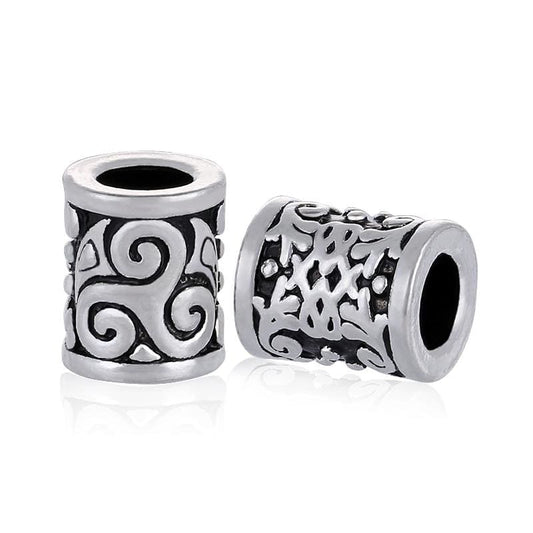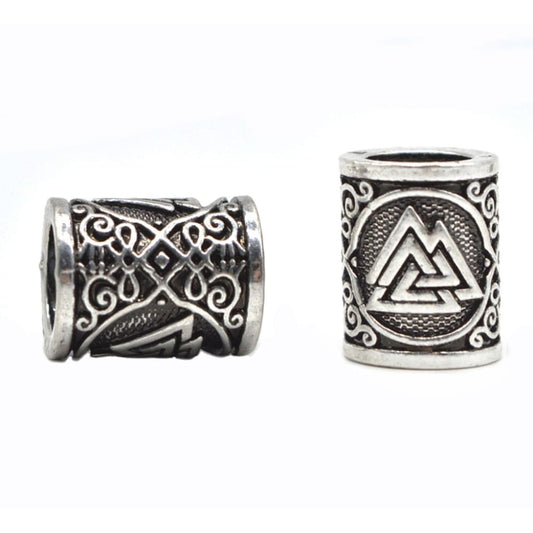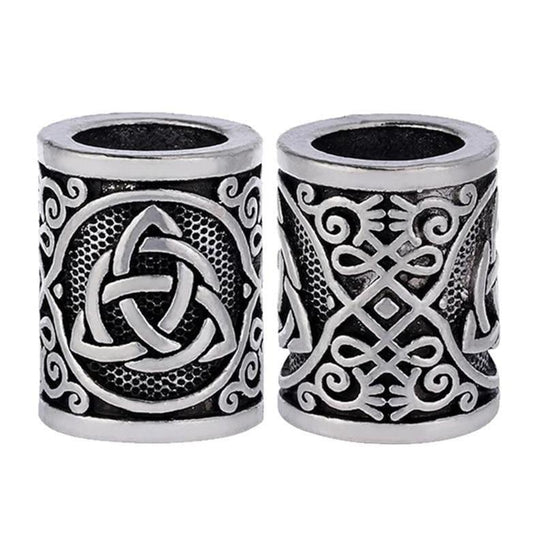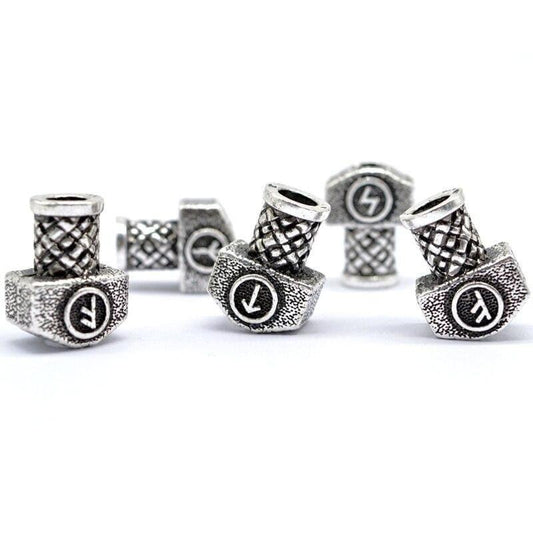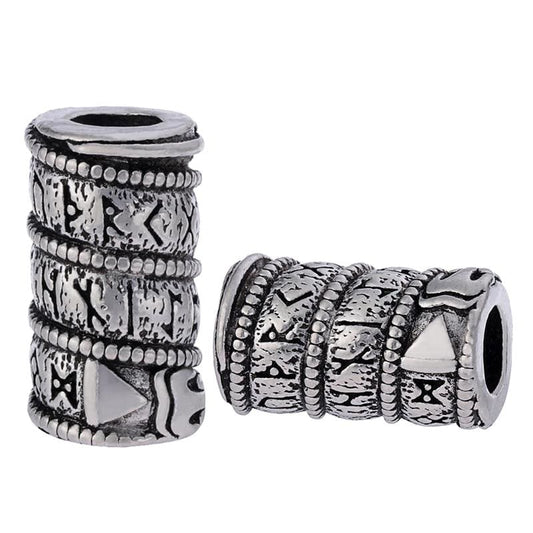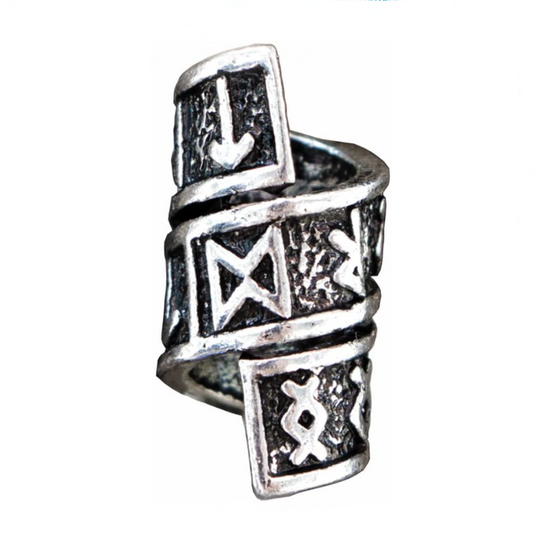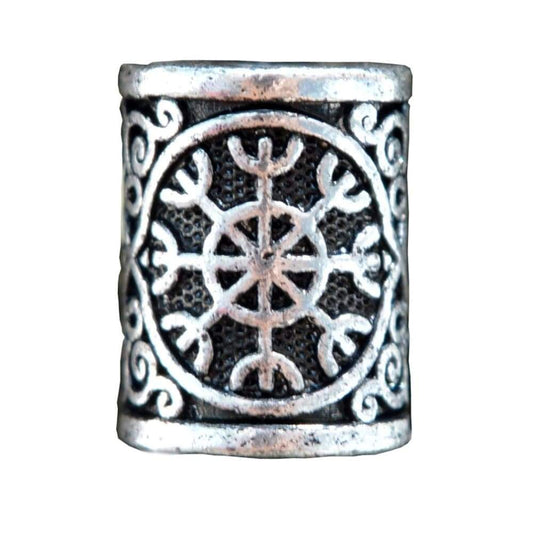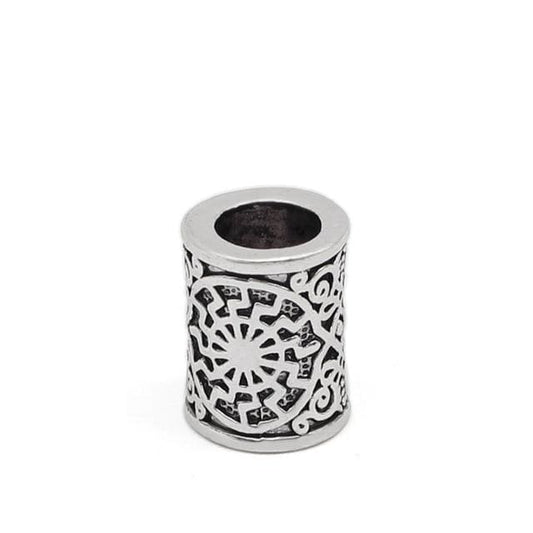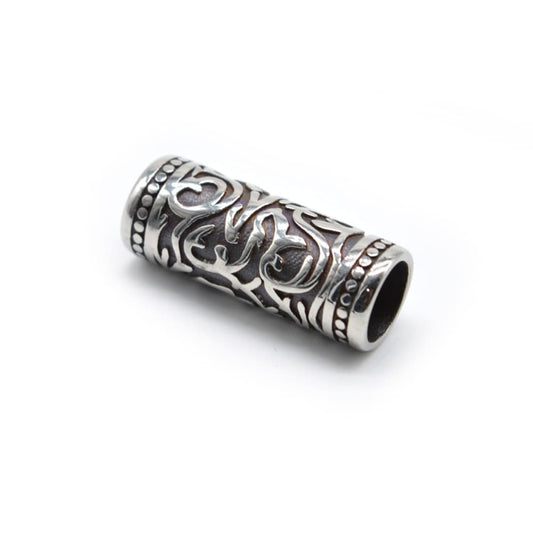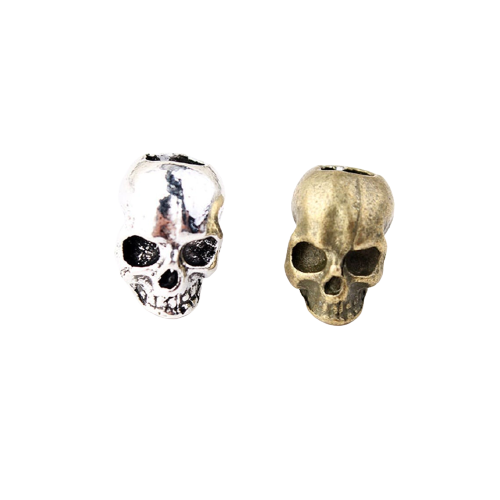Björn Ironside or Björn Ragnarsson, (c. 777) (Old Norse and Icelandic: Björn Járnsíða, Swedish: Björn Järnsida) was a semi-legendary Viking king of Sweden who ruled sometime in the 8th, 234th or 9th century.
He is considered the first ruler of the Swedish dynasty known as the House of Munsö.
Around the beginning of the 18th century, a mound on the island of Munsö was proclaimed by some antiquarians as Björn Järnsidas hög or the grave of Björn Iron Arm (hög, Old Norse for mound).
History of Bjorn Ironside
He was a famous and powerful Viking warlord and excellent navigator. Björn and his brother Hastein organized and led many raids into France, most successfully following the tradition of their father Ragnar Lothbrok. In 860, Björn led a great Viking expedition in the Mediterranean.
After plundering the waters along the Spanish coast, attacking Algeciras and crossing the Strait of Gibraltar, Björn and Hastein began a process of pillaging from southern France where their fleet spent the winter, before entering Italy and capturing the coastal city of Pisa.
From there they began raids inland, reaching the city of Luni (which they believed to be Rome at the time), but Björn was unable to breach its walls.
To secure entry he sent emissaries to the bishop with the false information that he had died, having made a conversion of faith on his deathbed, and that his last wish was to be buried in consecrated ground next to the church.
Encouraged by such a victory and others throughout the Mediterranean (including Sicily and North Africa) he returned to the Strait of Gibraltar only to find the Byzantine navy engaged in an armed clash where he lost forty ships, most of them to Greek fire from Byzantine catapults. The remains of his fleet returned to Scandinavia where Bjorn Ironside lived the rest of his life as a rich man.
Björn Ragnarsson is not to be confused with the Viking Berno, quoted in the Annales Bertiniani and Annales Fontanellense, who devastated the banks of the Seine in the 850s.
Around 1070, William of Jumièges referred to him as Bier Costae ferreae (Iron Arm) and Lotbroci regis filio (son of King Lodbrok).
Bjorn Ironside in Ragnar's Tale
In Ragnar's Tale the author cites that Björn was the son of the Swedish king Ragnar Lothbrok and Aslaug, the daughter of Sigurd and Brynhild, and had as brothers Halfdan, Ivar the Boneless, Sigurd and Ubbe Ragnarsson, and as half-brothers Eric and Agnar.
Björn and his brothers set out from Sweden to conquer Seland and Reidgotaland (comprising Jutland, Gotland, Öland and other minor islands), settled in Lejre as capital and appointed Ivar the Boneless as chieftain.
Ragnar was jealous of his sons and set Eysteinn Beli as jarl of Sweden, assigning him the task of protecting the country from his sons. Eysteinn devastated the Baltic coast showing his strength.
Ragnar's sons Eric and Agnar sailed to Lake Mälaren and sent a message to Jarl Eysteinn requesting that they wished to see him under their rule, stating that Eric also wished to marry the jarl's daughter Borghild. Eysteinn answered that he should consult with the rest of the Swedish chieftains who finally refused the offer and ordered to attack the rebel sons. Ragnar's sons were defeated in battle, where Agnar was killed and Eric was captured.
Eysteinn offered Eric Uppsala öd as he wished, and Borghild, as wergeld for Agnar's death. Eric preferred after the humiliating defeat to choose nothing else on the day of his death. Eric asked to be impaled on spears that would exalt him above his dead and his wish was granted.
In Seland, Aslaug and his sons Björn and Hvitserk, learned of the misfortune while playing hnefatafl and in disgust headed with a large fleet to Sweden. Auslaug, who called himself Randalin, led the cavalry ravaging the land and killed Eysteinn in a great battle.
Ragnar was not happy with his sons who had taken revenge without his help, and decided to conquer England with only two knarrs. King Aella of Northumbria defeated him and threw him into a pit of poisonous snakes where he died.
Björn and his brothers attacked the king of Northumbria but he struck back by forcing a peace and the payment of a wergeld, Ivar the Boneless cheated Aella by asking for such land as he could get with an ox's plow and in return swore not to go to war with his kingdom.
Then Ivar cut the yoke into such thin sheets that he could cover a space where he could build inside it a huge fortress (in some old sagas they speak of York and more recent ones of London) which he could claim as his property.
Ivar became very popular in England and again asked his brothers to attack England. During the battle Ivar positioned himself alongside his brothers, as well as other British warlords with their people, loyal to Ivar. Aella was captured and in revenge received the ordeal of the blood eagle.




